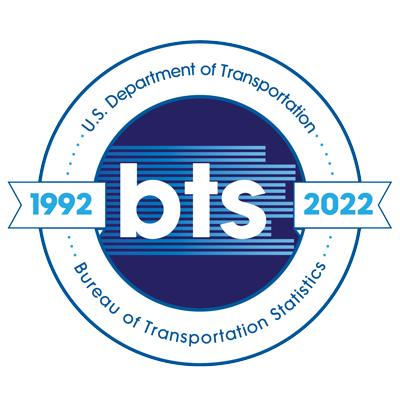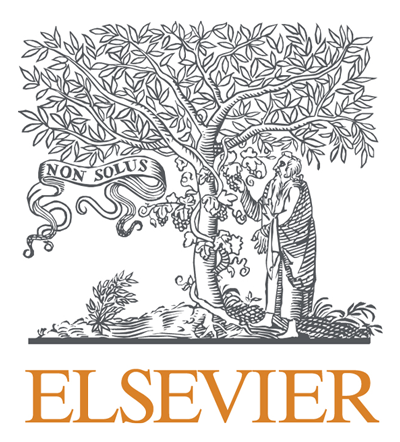Racism and Colonialism in Geography Textbooks, 1840s to 1950s
Topics:
Keywords: racism, racial studies, colonialism, colonial studies, geography education, anthropology
Abstract Type: Paper Abstract
Authors:
TODD A. LITMAN, Victoria Transport Policy Institute
Raviv M Litman, University of Amsterdam
,
,
,
,
,
,
,
,
Abstract
Geography textbooks introduce children to foreign lands and people. This study analyzes descriptions of race and culture from typical British and North American school geography textbooks published between 1847 and 1955. It reprints selected texts and images, evaluates how their narratives changed over time, and discusses the legacy they left on individuals and society. Early books categorized race and culture using methods modelled after biological taxonomies, giving a veneer of scientific objectivity to their claims. These books were overtly racist – they claimed that some races and cultures are superior to others – and colonialist – they claimed that European colonialism was benevolent and beneficial overall. They identified various races (European [White], Asiatic [Yellow], African [Black], Malayan [Brown], and American Indian [Red]), which were categorized according to various stages of society (savage, barbarous, half-civilized, civilized and enlightened). They rated Europeans higher than other races and highlighted the benefits that colonialism provided to natives. This allowed Whites to feel superior to other peoples and support colonialist policies. These racist and colonialist narratives declined over time and later books promoted racial inclusivity and multiculturalism.
This paper summarizes a longer (70-page) report of the same title posted at https://vtpi.org/rcgb.pdf.
Racism and Colonialism in Geography Textbooks, 1840s to 1950s
Category
Paper Abstract












